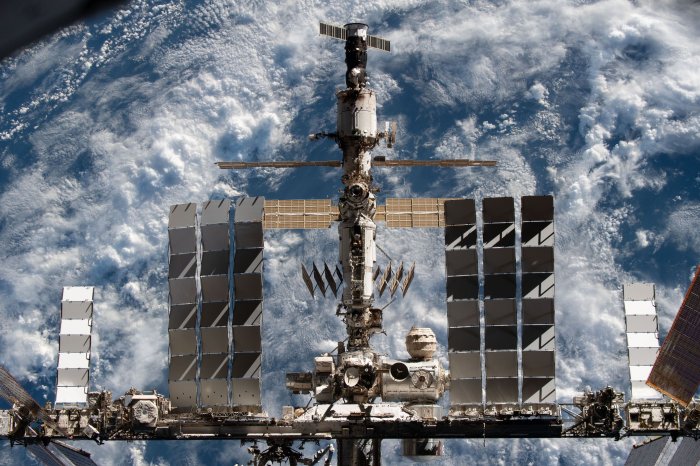This image details an artist's concept of the NASA Voyager 1 spacecraft with its antenna pointing toward Earth. Photo courtesy of NASA/UPI |
License Photo
May 19 (UPI) -- NASA engineers are investigating a mystery with telemetry data from the aging Voyager 1 probe.
The Voyager 1 probe, currently 14.5 billion miles from Earth, is receiving and executing commands from NASA team on Earth and sending back science data, according to a NASA statement.
But data readouts from its attitude articulation and control system, or AACS, which controls the spacecraft's orientation, don't reflect what the Voyager actually does, engineers at NASA's Jet Propulsion Laboratory said.
The AACS keeps Voyager 1's high-gain antenna pointed precisely at Earth, which allows it to send data home.
Voyager 1's signal hasn't weakened, which suggests its antenna remains properly aligned, but the telemetry data it's returning appears random or impossible, engineers said.
All signs suggest that the AACS is working, and the telemetry data anomaly hasn't triggered any onboard fault protection systems, which would put the spacecraft into "safe mode," where only essential operations could be performed.
The engineering team plans to continue monitoring the signal to determine whether the invalid telemetry data is coming directly from AACS or another system involved in producing and sending such data.
Due to the spacecraft's distance from Earth, it takes two days for the team on the ground to send a message to Voyager 1 and get a response.
"Until the nature of the issue is better understood, the team cannot anticipate whether this might affect how long the spacecraft can collect and transmit science data," NASA and JPL said in the statement.
![]()
The Voyager probes -- Voyager 1 and Voyager 2, launched in 1977 -- are shown at the edge of the heliosphere, the barrier the Sun creates around the planets in the solar system. Image courtesy of NASA
Voyager 1's twin, Voyager 2, currently 12.1 billion miles from Earth, still operates normally.
Both probes were launched in 1977 and are the only spacecraft to collect data on interstellar space, according to NASA.
They've also provided new insights into the heliosphere, a protective bubble the Sun has created that extends past the orbit of Pluto.
"A mystery like this is sort of par for the course at this stage of the Voyager mission," said Suzanne Dodd, project manager for Voyager 1 and 2 at JPL.
"The spacecraft are both almost 45 years old, which is far beyond what mission planners anticipated. We're also in interstellar space -- a high radiation environment that no spacecraft have flown in before. So there are some big challenges for the engineering team. But I think if there's a way to solve this issue with the AACS, our team will find it."
The International Space Station is pictured from the SpaceX Crew Dragon Endeavour during a flyaround of the orbiting lab that took place following its undocking from the Harmony module’s space-facing port on November 8. Photo courtesy of NASA

















